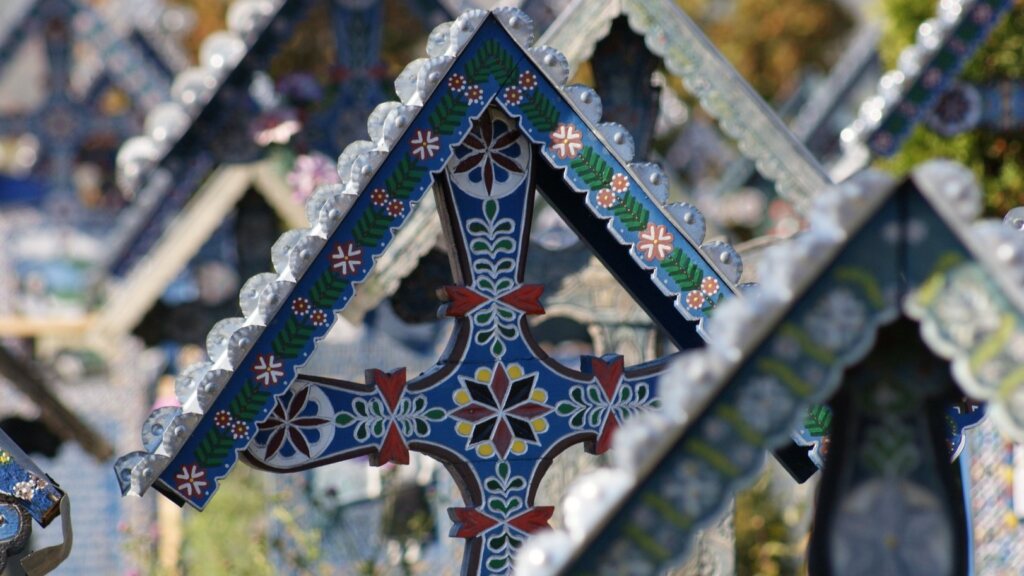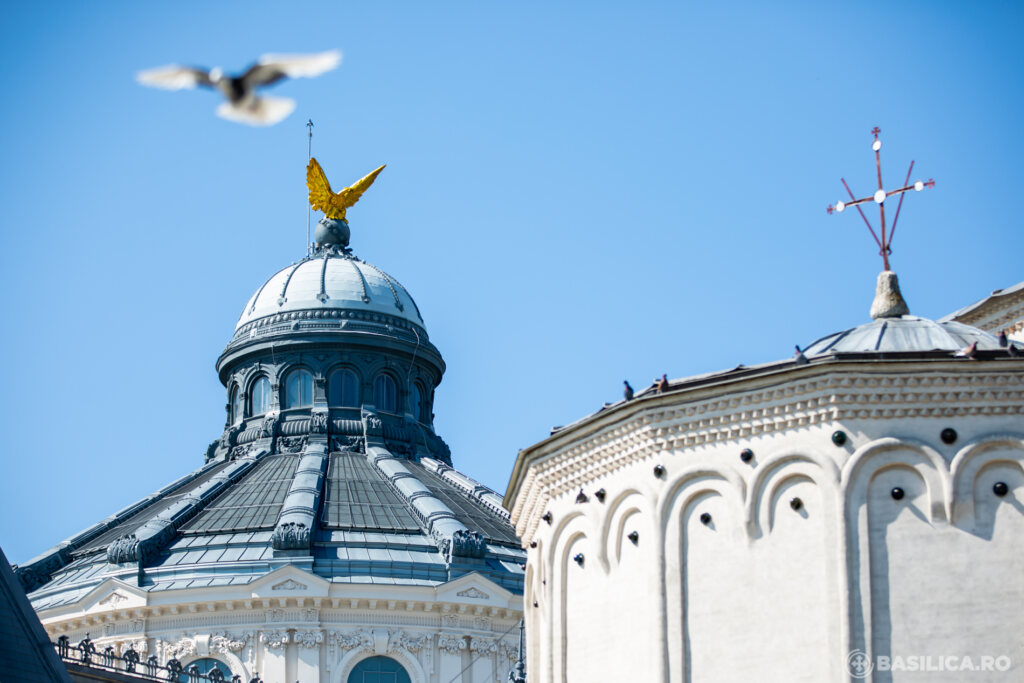Today, 18 October 2015, the Orthodox Christians are on the 20th Sunday after Pentecost.
The text from the Gospel which the Church scheduled to be read today at the Divine Liturgy presents us the resurrection of the son of the widow of Nain: “Soon afterward, Jesus went to a town called Nain, and His disciples and a large crowd went along with Him. As he approached the town gate, a dead person was being carried out – the only son of his mother, and she was a widow. And a large crowd from the town was with her.When the Lord saw her, His heart went out to her and He said, “Don’t cry”.Then He went up and touched the bier they were carrying him on, and the bearers stood still. He said, “Young man, I say to you, get up!”.The dead man sat up and began to talk, and Jesus gave him back to his mother.They were all filled with awe and praised God. “A great prophet has appeared among us,” they said. “God has come to help His people” (Luke 7: 11-16).
His Beatitude Daniel, Patriarch of the Romanian Orthodox Church delivered a sermon in the chapel of the Patriarchal Residence dedicated to Saint Gregory the Enlightener, in which he explained the teaching of this text from the Gospel.
The Patriarch of Romania underlined, in his sermon, the fact that in the Gospel of the 20th Sunday after Pentecost we see the mercy of God for the people distressed and for those who died.
Christ, our Saviour, alleviates the sorrow and sadness of the mourning people
His Beatitude showed that Christ, our Saviour, came to the city of Nain out of His own will, with merciful love for the grieved people because of the death of their dear ones.
“Jesus Christ, our Saviour, came to the city of Nain to alleviate, console, diminish the sorrow of this mourning mother, because He feels pity for all the suffering, grieved, and mourning people. At the same time, Christ, our Lord, wants to give life to the young man who left the earthly life too soon. We do not know what the name of the widow’s son of Nain was, because the Gospel does not say anything about his name or of his mother. It means that the mourning woman, namely the grieved mother who was taking her only son to the cemetery, represents all the mourning mothers, and the dead young man carried to the cemetery represents all the young people who die and leave behind much sorrow to the parents who gave birth to them and grew them up. Jesus Christ, our Lord, performs a miracle by bringing the young man of Nain back to life, showing in this way His merciful and humble love, namely a love who suffers together with those who suffer. This merciful love is called compassion, namely common suffering with those who suffer because of the soul’s sorrow”, the Primate of the Romanian Orthodox Church said.
To console a grieved family is a sign of much kindness of the heart
“Therefore, we learn from the attitude of Jesus Christ, our Saviour, that we ought to be near all the mourning people, who cry for their dead ones”, the Patriarch of Romania said underlining that “we show, through our presence near the grieved ones, that the merciful love of Christ, our Saviour, works through us”.
“To comfort or console a grieved person or family is a very precious spiritual help and sign of much kindness of the heart, a proof of merciful love for a fellow human being showing the merciful love of God for them. Saint Paul the Apostle urges us, in this regard, saying: “Rejoice with those who rejoice; mourn with those who mourn”. Therefore, today’s text of the Gospel calls us to comfort the parents grieved or in mourning who cry for their children deceased either because of a disease, or of an accident, or of any other cause. We must be near the grieved ones, the same as Jesus Christ, our Saviour, was present near the widow woman of Nain. Thus, we show that the merciful love of Christ works in us and through us, in our souls and through our presence with those who cry for their dear ones who died”, His Beatitude Patriarch Daniel said.
The body of a Christian has become “temple of the Holy Spirit” through Baptism and through the Communion with the Body and Blood of Christ in the Holy Eucharist
The Patriarch of the Romanian Orthodox Church has also shown that the body of the dead must be looked after with respect.
”Jesus touched the bier of the dead man also to teach us that we must come close to the bier or grave of the deceased man with respect, because this body is called to resurrection and eternal life, as is stated in the Orthodox Creed: “I look for the resurrection of the dead and the life of the world to come”. But the respect for the coffin and grave of the body of the deceased Christian must be greater because, through Baptism and communion with the Body and Blood of Christ in the Holy Eucharist, the body of the Christian has become the “temple of the Holy Spirit”, His Beatitude said.
The relics of the saints who passed away are honoured or venerated for the deifying work of the grace of the Holy Spirit in them and through them
His Beatitude Patriarch Daniel has also shown that the relics of the saints must be venerated “because the holiness of the saint’s soul entered into the matter of his body too, which is the epiphany of his soul active in all his deeds done on the earth”.
“When the holiness of the life of a Christian who has fallen asleep into the Lord is officially recognised by the Church, his bones are called “holy relics” and they must be venerated or honoured together with his icon, because the holiness of the saint’s soul entered also into the matter of his body, which is the epiphany of his soul active in all his deeds done on the earth, among people. The relics of the saints who have fallen asleep into the Lord are honoured or venerated not for their matter, but for the deifying work of the grace of the Holy Spirit in them and through them, according to the truth the psalmist expressed in the words: “You, God, are awesome in your saints”. It is only the grace of the Holy Spirit present in the relics of the saint that gives them healing and deifying power, as they are in a mystical relationship full of grace with their soul united with God, One holy, Spring of eternal life”, His Beatitude said.
The Church scheduled for the next Sunday (25 October 2015), the 23rd after the Pentecost, the text of the Gospel from Saint Luke the Apostle and Evangelist (8:26-39), which presents us the Healing of the demoniac in the region of Gerasenes.
Photo: “Lumina” newspaper






